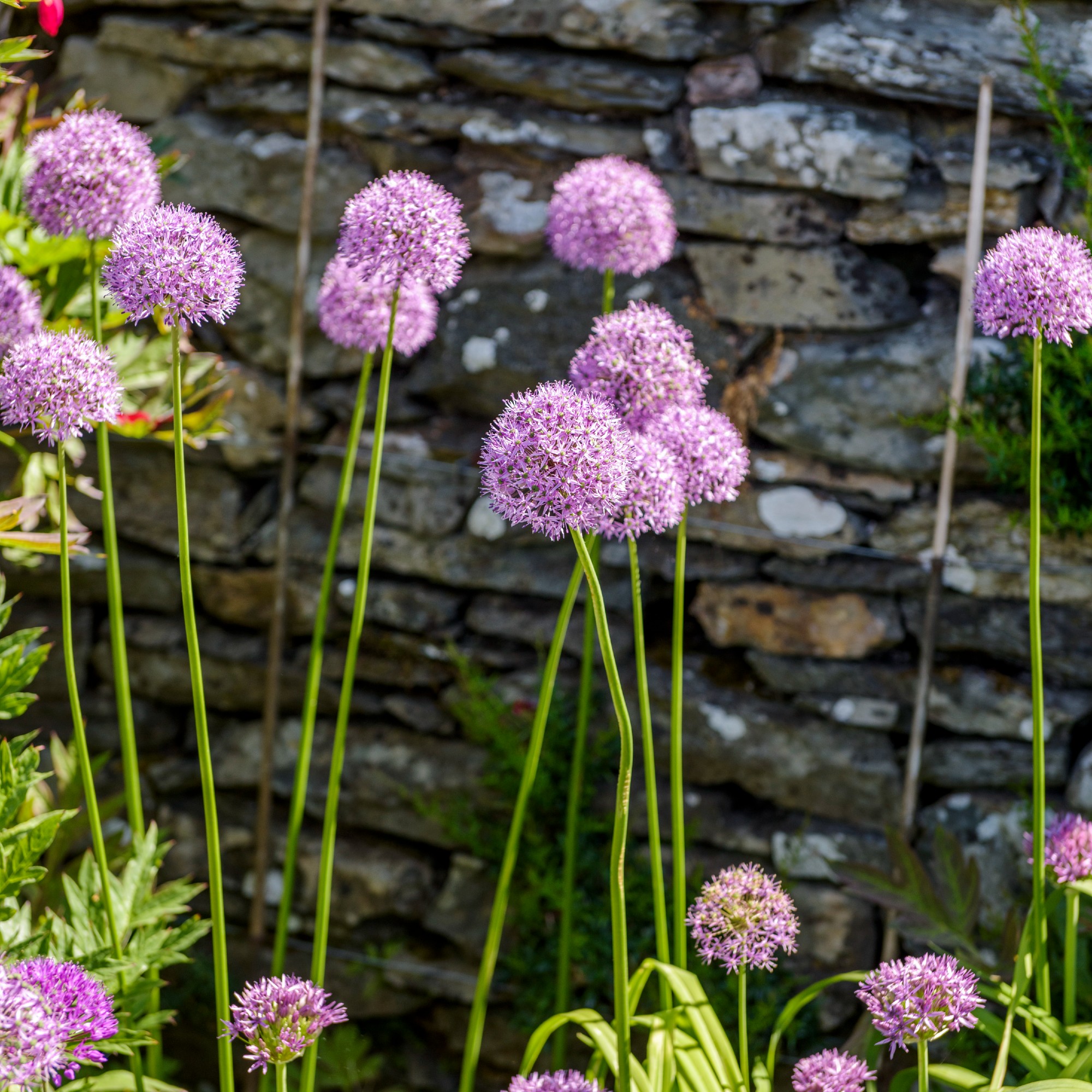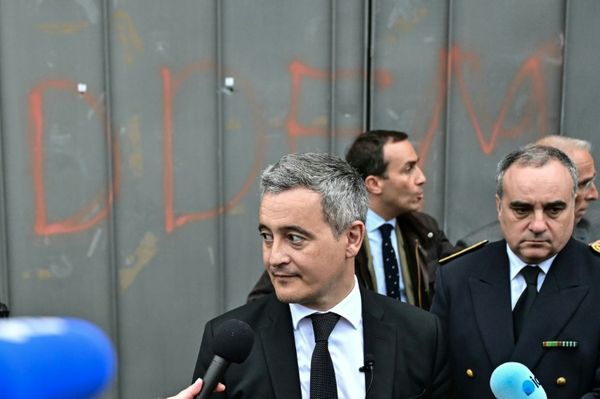
It's official: knowing the flower colours that attract bees to your garden is one of the very best ways to create a (sorry) buzzing outdoor space, not to mention do your bit for the planet.
Yes, with bee populations declining at record rates in recent years – including a worrying drop in 2024 – gardeners are more eager than ever to do their bit for pollinators, with bee garden ideas soaring in popularity as a result.
Thankfully, you don't need acres of space to make a difference, as even a small patch of the best plants for bees can provide a vital lifeline for our stripy pals... so long as they're the right colour.
The flower colours that attract bees
It's all too easy to assume that bees buzz around any blooms they come across, but experts have revealed that there are some flower colours that attract bees to your garden better than others.
'Pollinating insects and the plants they pollinate have an age-old and symbiotic relationship. Yet, although it might appear as though bees and flies are buzzing randomly around flowers, they are actually responding to the shape and colour of the flower,' explains pollinator expert Vicki Hird of The Wildlife Trusts.
So, how best help our winged friends? Well, Vicki goes on to explain that bees are drawn to anything blue or purple – making both of these colours an excellent choice for your list of flower bed ideas.

'As humans, our eyes can only see certain shades of blue, but bees can see far more that we’d characterise as "bluish". Blue hues are difficult for plants to produce, so it may well be that flowers have evolved to be blue just to attract bees,' she says.
Keen to upgrade your garden border ideas and give it a go for yourself, then? Let's dive on in...
What you'll need
There are plenty of reasons to embrace the flower colours that attract bees to your garden, other than the obvious, as it’s not just pollinators who love this combination.
'Blue and purple planting schemes are a favourite among designers at places like RHS Chelsea Flower Show, and for good reason – they create a cool, calming feel that works brilliantly in both modern and cottage gardens,' says Christopher O'Donoghue, one of the co-directors at Gardens Revived.
'In my own beds, I always make space for plants like lavender, catmint, wallflowers, salvias, borage, and alliums. And, if you have room, buddleja is always a great choice,' he continues.
'They’re not only long-flowering and easy to grow, but they also guarantee a steady stream of pollinators through the season. If you're looking for a garden that’s alive with colour and buzzing with life, blue and purple is the way to go.'
Our pick of the best blue and purple flowers
If you're keen to tap into the flower colours that attract bees to your garden, you can't go wrong with these beautiful blooms...
With smoky, violet flowers on tall spikes, it's little wonder these are on the list of RHS Plants For Pollinators.
These pretty perfumed flowers are perfect for pots and beloved by bees. Win win for anyone with a container garden!
Promising to attract clouds of bees and butterflies, it's little wonder these vibrant lavender blooms are so popular.
Another great choice for bees, these clump-forming flowers are also ideal for anyone working with a small garden.
A lovely native plant, this one will flower like mad all summer long and right through to October. Perfect for hungry bees!
This one might be nicknamed the butterfly bush, but you'd better believe it'll be a favourite among your local bees, too.
Blooming from early summer to autumn, this drought-tolerant bloom is an undisputed haven for pollinators.
Lavender is an old favourite – and you'd best believe bees love this perfumed flower as much as we do.
This hardy perennial is a great choice for gravel gardens, and it will attract plenty of bees to boot!
With so many gorgeous options to choose from, we suspect it's going to be hard to narrow it down.
FAQs
What colour flowers are pollinators most attracted to?
While bees are most attracted to blue and purple-coloured flowers, the same isn't necessarily true of their fellow pollinators.
'Research has shown that hoverflies, the second most common pollinator after bees, have a liking for the colour yellow. And for good reason, because there is an abundance of nectar and pollen in flowers such as yellow marigolds and cosmos daisies,' explains Vicki Hird of The Wildlife Trusts.
Butterflies, meanwhile, are drawn to blue, yellow and red, but they'll take their nectar wherever they find it!
What colour do bees avoid?
While bees prefer blue and purple, there aren't many colours that bees especially avoid – especially as some blooms have a secret magic to them.
'In certain flowers, such as hibiscus and evening primrose, there’s even a blue halo effect,' explains Vicki Hird of The Wildlife Trusts.
'Whilst the petals may be another colour, they are marked with raised ridges which diffract light in a way that enhances blue and ultraviolet wavelengths, to which bees are very sensitive.'
That being said, bees tend to be far less interested in black or white (just in case you were planning a Beetlejuice-inspired garden makeover!).
Now that you know the flower colours that attract bees to your garden, you can provide these vital pollinators with the food source they need to keep them thriving.
After all, with bee populations at their lowest on record in the UK, we can't think of a more pressing and worthy task.







